If like Kirsty Williams you own a free-range turkey farm, you are spoiled for choice when it comes to what bird will grace your own Christmas dinner.
So how do you pick the winner? Is it the plumpest? The one with the brightest feathers?
No. Kirsty and her family have another method.
“We’ve got two little girls,” says Kirsty, who along with husband Ross run Tullochbeg Turkeys from their farm near Tarland, Aberdeenshire.
“The turkeys are quite big so our youngest, who is five, when a bird pecks her, that’s the one. She earmarks the one that pecks her.”
But while the Williamses have their Christmas dinner sorted, fortunately for the rest of us Tullochbeg Turkeys has 549 more birds available to buy.
The farm has been selling hand-reared turkeys for the past six years and every season the Williamses add more stock.
When she started out in 2016, Kirsty bought just 90 newborn chicks to raise on the farm.
This year, all 550 are expected to be sold through a network of local butchers and the Tullochbeg Turkey website.
How are free-range turkeys reared?
Despite the increase in the flock, the Williamses have stuck to their free-range ethos of rearing the birds.
It stands in sharp contrast to the methods that produce the commercial turkeys that end up on most tables.
For a start, free-range turkeys are six-months-old when they are slaughtered, compared to between nine and twenty-one weeks for caged birds.
Tullochbeg’s turkeys also have room to roam, and are fed a diet of Aberdeenshire grains and local apples (many of which are windfall).
Meanwhile, after they have been ‘processed’ – the term famers use for slaughtering – the birds are hung for 10 days in cold storage to mature.
What’s more, when it comes to plucking, it is all done by hand.
“People think we’re completely bonkers,” says Kirsty. “We don’t use a machine at all. It just gives them a really nice finish and just a better-quality finish on the bird.”
How much does a free-range turkey cost?
The premium process does come with a premium price.
Tullochbeg’s most popular size is the 5-6kg turkey to feed 6-8 people, which this years costs £76. In comparison, a 6kg supermarket turkey less than £25.
However, when it comes to taste, Kirsty maintains free-range birds taste much better.
“The ones that you get in a supermarket are our factory produced, whereas with us we’re hand-rearing them,” says Kirsty. “We’re taking care over the whole process.”
One headache for poultry farmers in Scotland this year is a bird flu epidemic that has so far killed 224,000 birds in Scotland, either from the flu itself or through culls.
Free-range turkey farmers in the north-east including Kirsty have largely avoided any outbreaks. But the threat has caused concern.
“If we had (bird flu) they would come in and cull all the birds,” Kirsty says. “And that would be our entire annual income from the turkeys.”
But she adds: “There are worse things going on in the world as well. We just have to be resilient and change and adapt when something does come along.”
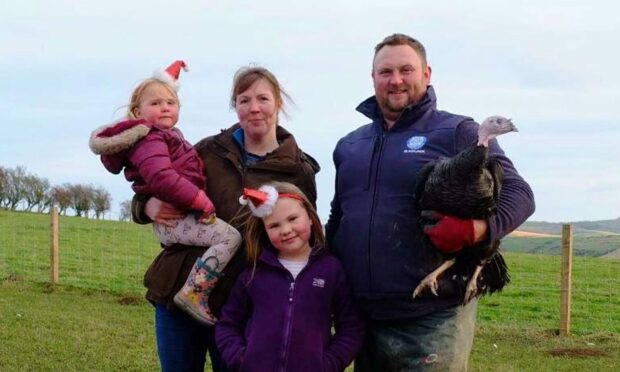
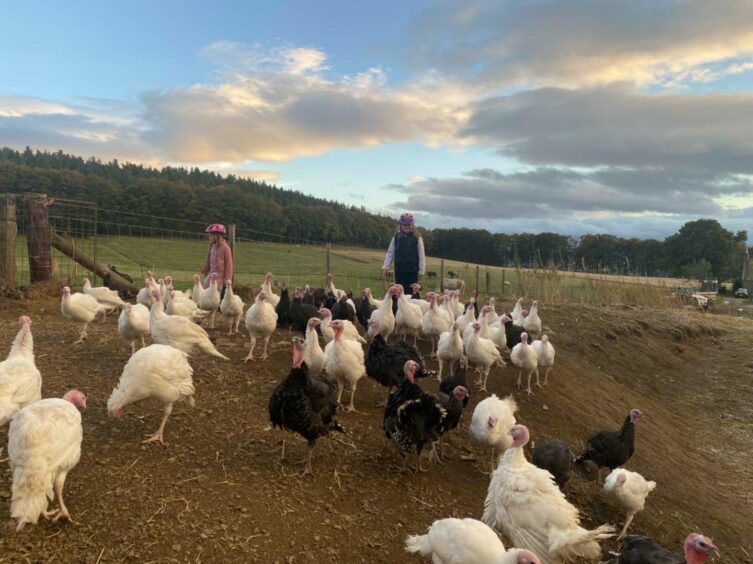
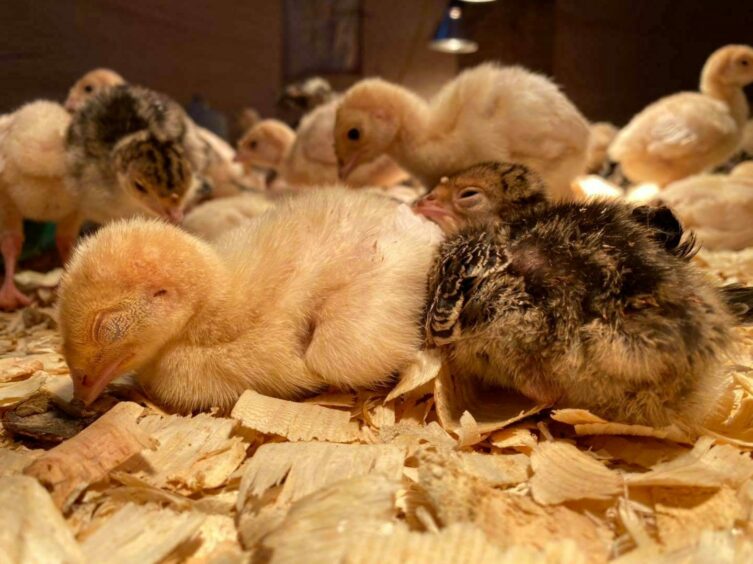
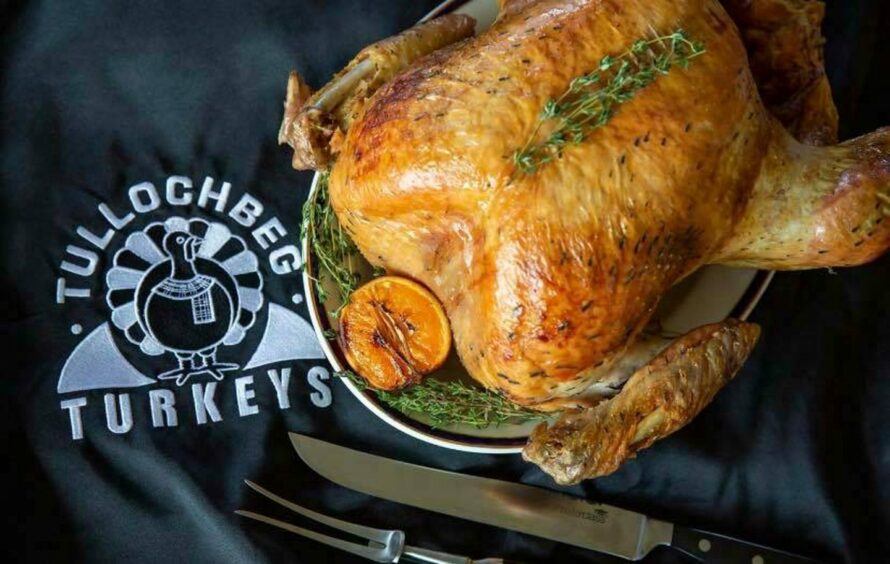
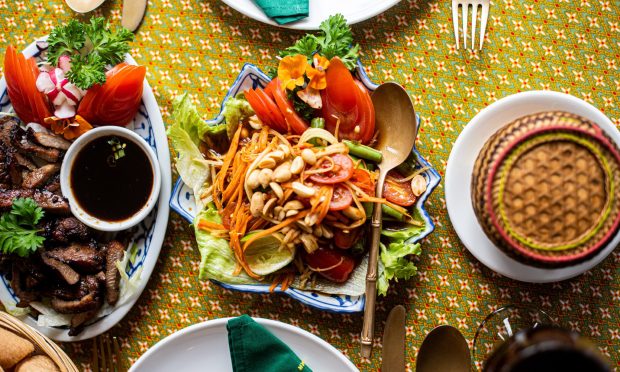
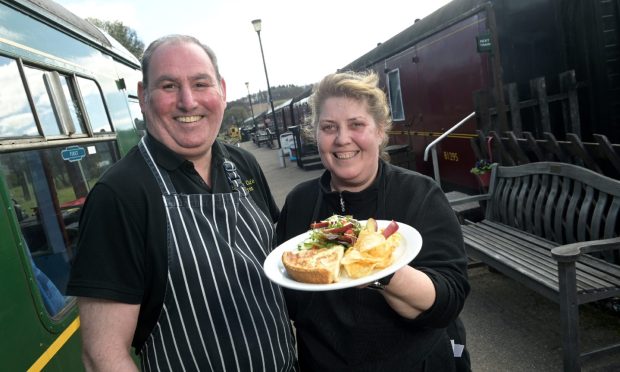
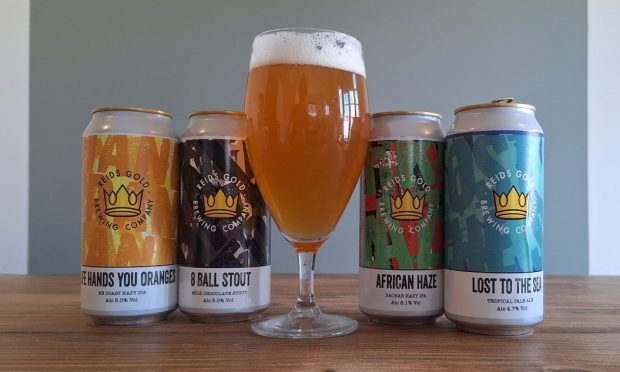
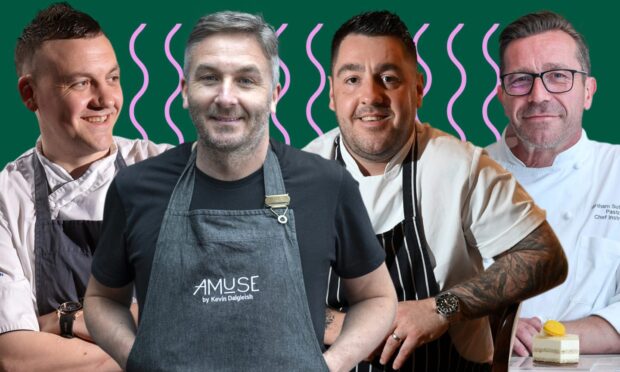
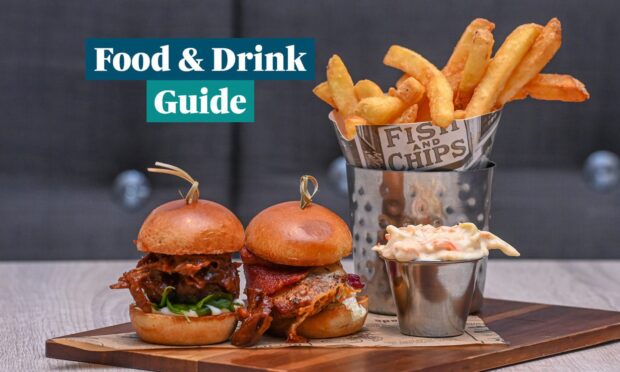
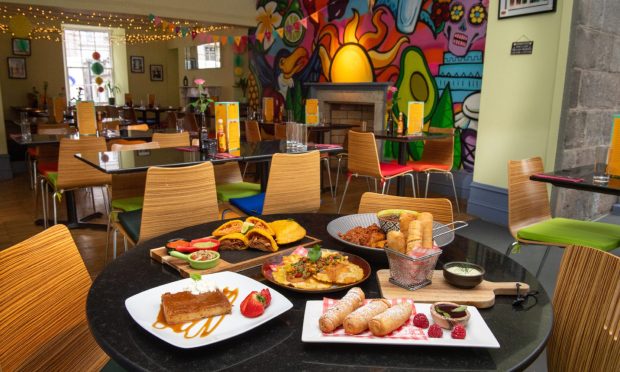
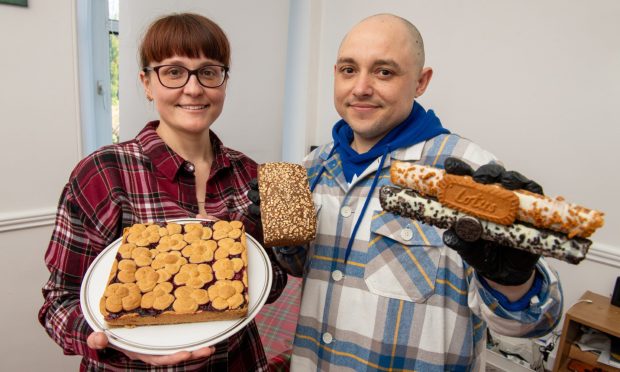
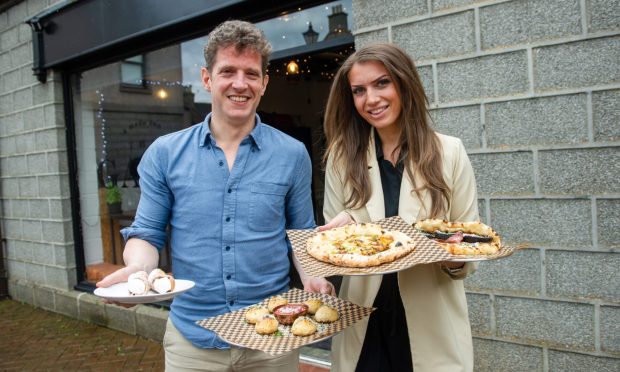
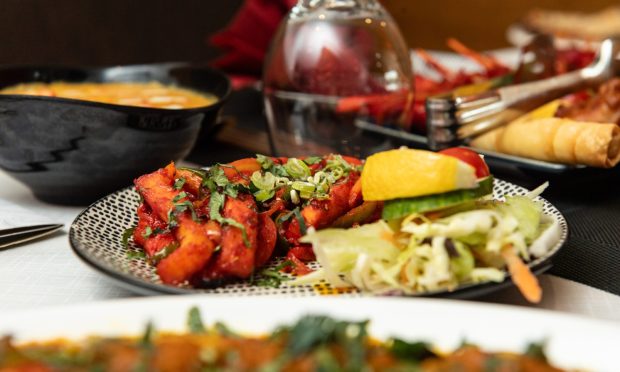
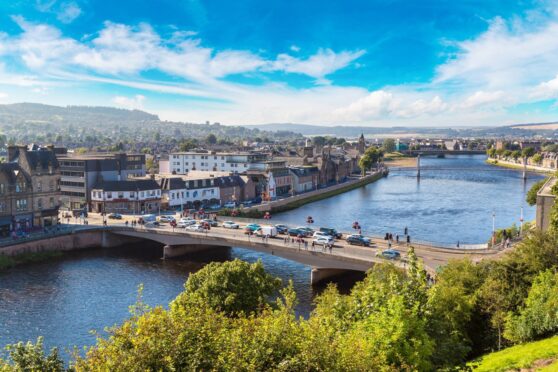
Conversation